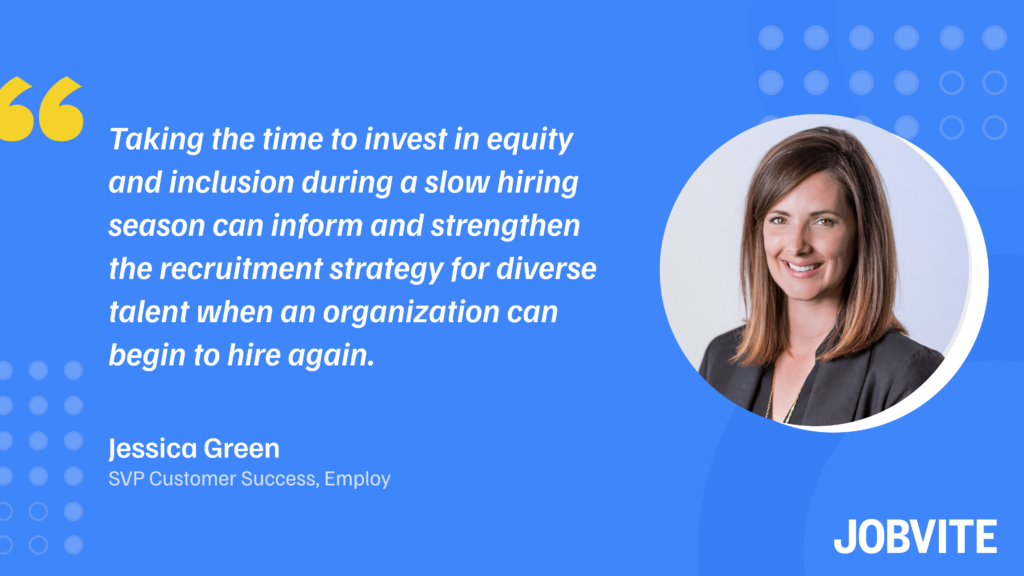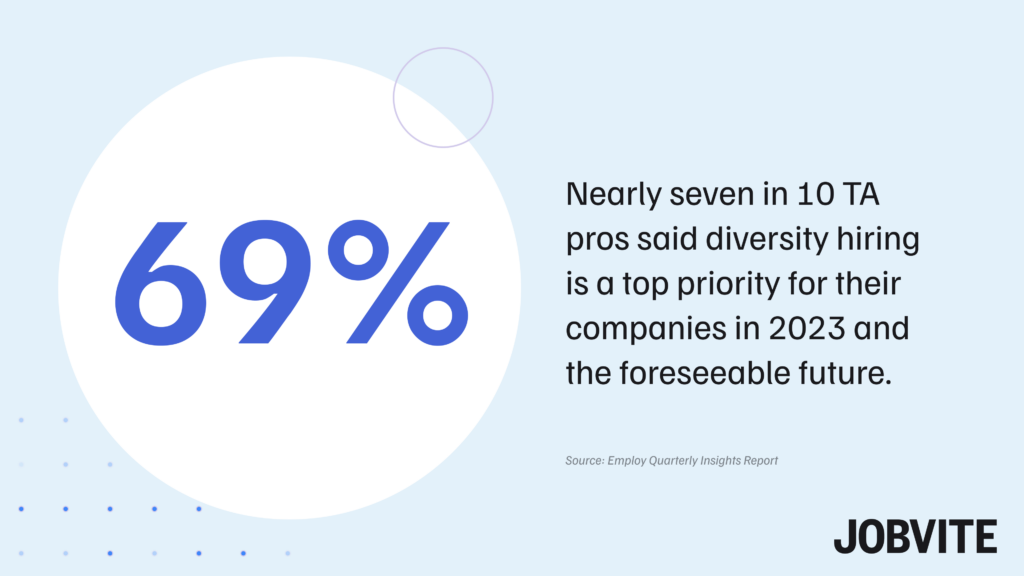International Women’s Day (IWD) celebrates the achievement of women in a variety of arenas today:
- Socially: Women who make an effort to fix longstanding issues (e.g., gender pay gap)
- Economically: Female leaders at businesses of all kinds (not just Fortune 500 brands)
- Culturally: For instance, women of color who break through barriers in film, music, and TV
- Politically: Local, regional, and state leaders who positively impact their communities
And yet, it’s important attention is (rightfully) paid to women throughout the year — not just a single day of the year. To do so requires a commitment of people and organizations working together to promote the advancement of women every day.
All that being said, IWD is still a great moment for reflection.
As a woman, a mother, wife, and member of the labor force, I am thrilled to be part of this celebration, and would like to take the opportunity to acknowledge the challenges we face collectively, and the steps we can take to support women and advance their outlook across orgs today.
Let’s first look at the state of women in the workplace — particularly those in the U.S. labor market.
Recent setbacks for women in the workplace
Since the onset of the global COVID-19 pandemic, the participation of women in the workforce has dropped drastically. The U.S. Department of Labor reports that the labor force participation rate of women is at just 56.8% as of January 2022 — markedly lower than before the pandemic began.
And the rate of women in the workplace has not rebounded since. That means women’s advances over the last 30 years have been fully erased, without promises for potential gains in the future.
This data is alarming. No business leaders wants to see so many women leave their companies. But, it does represent an opportunity for employers and for employees alike.

3 ways to support women in the workplace
In the spirit of IWD, execs must move toward greater support and inclusion of women in the workplace (and global workforce at large). With that in mind, let’s examine how C-suites can better recognize and support women of all races, gender identities, orientations, abilities, and backgrounds.
1) Acknowledge the burden of care falls to women
A friend of mine once said women today are expected to work like they have no caregiving responsibilities, and to serve as caregivers like they have no work.
This paradox represents the reality many women are facing today. As a woman in the workforce, I have experienced first-hand the challenges associated with being a caregiver to children, once being forced to reduce my own work from full-time to part-time to keep up with the demands of both roles.
According to the Fidelity Investments 2021 American Caregivers Study, women spend double the time as male counterparts in providing care for children at 68 versus 34 hours per week.
Further, 59% of women were forced to leave their jobs when caring for children versus 39% of men, 45% reduced their work hours, and 11% left the workforce for six or more months.
The same is true in caregiving for adults. Women are the predominate caregivers for the elderly, according to the National Center for Biotechnology Information, accounting globally for between 57% to upwards of 80% of all caregiving for the elderly.
And, according to the same Fidelity Investments Study, this had great impact to women as workers.
In fact, nine percent decided to leave their current job, 17% reduced their hours to part-time, and one in five gave up work opportunities, including promotions, to continue their caregiving responsibilities.
Understanding that the burden of caring for others is real to women and has a tangible impact on them is the first step toward greater recognition of their contributions not only within companies today, but in overall society.

2) Establish programs that support all women
Addressing the burden that falls to women starts by creating a culture of inclusivity, flexibility, and accommodation.
First, in relation to the caregiver burden, organizations can actively establish — and promote — flexible work hours, supportive leave policies, remote and hybrid work options, mental health services, counseling, and other employee assistance programs that directly affirm women in their roles.
Interestingly enough, the Fidelity research shows that “64% of working caregivers said they had not asked their employer whether specific benefits or flexible work options were available,” but of those 36% who did ask, “61% reported their employer was willing to work to accommodate their needs.”
This indicates the importance of actively having conversations and promoting these programs visibly within the organization.
Second, ensure that your company takes an active role in developing and focusing on Diversity, Equity, and Inclusion. Create a welcoming environment for all people that is inclusive of all walks of life.
That means ensuring your business is accepting of and builds a culture around workers of different ages, races, sex, gender identities, religious affiliations, orientations, parental status, disability status, military status, and neurodivergence.
Top talent teams are familiar with creating a more diverse, equitable, and inclusive workplace.
According to Jobvite research, 49% of recruiters reported that candidates inquire about a company’s DEI programs during the interview process, and 44% consider the commitment to expanding DEI in their organization an important factor in accepting a job offer.
However, a surprising number of recruiters (20%) shared that their teams still aren’t planning to prioritize DEI in the near future.
Finally, and perhaps most importantly, become a leader in relation to the disparity of women in the workforce. Work to actively change the tangible pay gap that exists, per Bureau of Labor Statistics data, where women earn just 82 cents for every dollar a man earns.
Focus on hiring women in underrepresented sectors, like technology.
Deloitte reports that large technology companies are making “slow, but steady progress” with an increasing proportion of females in technical roles. In fact, over the past three years, the average number of women in these types of roles has risen nearly three percent to 25% overall.
Creating an environment where women feel welcome, supported, and recognized for their contributions both within the organization — and outside of work — will pay dividends for employee engagement, loyalty, productivity, and innovation.

3) Stop the bias of employment history gaps
One inherent bias that exists for employers today is generalizing employment history gaps for those individuals seeking work. Long gaps in work service are seen as negative to orgs and may blind them to potential talent who were fulfilling home or familial obligations in a system that does not support caregivers.
The Fidelity Investments Study found that 53% of workers who were required to step away from their careers reported their time away was longer than anticipated, and 37% indicated they earned less money once they were able to return to work.
Fortune concludes that for the “millions of women who left the paid workforce at the start of the pandemic and haven’t yet returned, the two-year mark is significant.
This is the point at which the gap in work history becomes much harder to overcome.
In fact, as two years turn into three, one study suggests the chances of getting an interview fall by more than 50%.” For women wanting to re-enter the workforce, particularly after a long pause due to the pandemic, organizations must proactively support hiring women despite longer career breaks.
They must awaken to the realization that caregiving should not stunt women’s careers.
Instead, they should advocate for systems and structures that support the demands placed on women and demonstrate their commitment to the value women add in the workforce.
Using IWD as a “launchpad” for better supporting women in the workplace today
The IWD celebration is the moment orgs need to rally together, showcase the achievements of women, and support them in their efforts to create a more accepting, welcoming, progressive workplace.
Let’s dig in and do the work together where the workforce becomes a representation of our society and values the holistic contributions of women in their jobs and in their lives.
Learn how you can implement a more equitable recruiting and hiring strategy with our advanced ATS. Speak with a Jobvite rep to learn more about our Talent Acquisition Suite.





